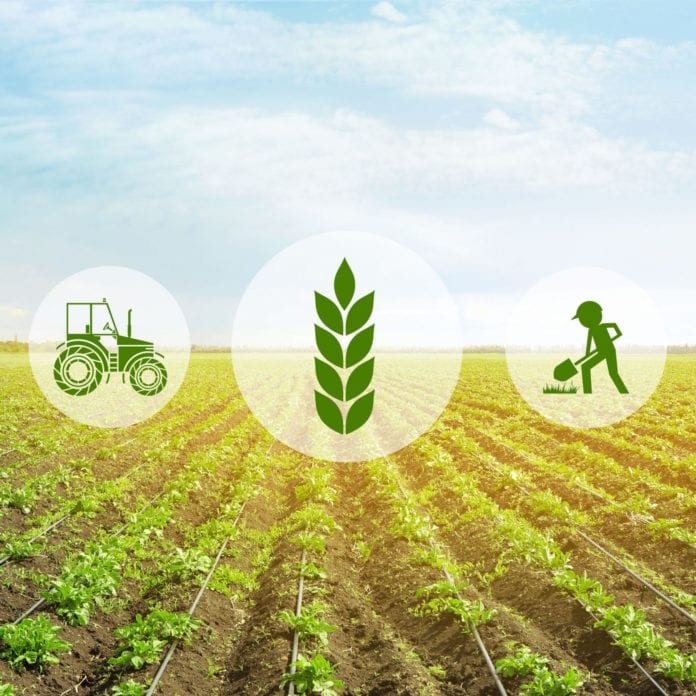CISCO: ‘5G can really unleash a farm’s power’
As John Deere’s Director of Intelligent Solutions Nancy Post has explained to Enterprise IoT Insights, connected farming is becoming a more popular endeavor for the modern farmer, and as smart farming gains attention, technologies like artificial intelligence, machine learning and 5G are becoming more commonplace.
“It’s pretty amazing how connected a modern farm is,” Post offered, adding that there are 167 million connected —or as the industry says, “engaged”—farm acres globally.
5G and other connectivity technologies have been trialed on all different types of farms all over the world. Below is an exploration of just a few.
Precision weed elimination
In the same interview referenced above, Post explained that in the future, John Deere hopes to use AI to look at every single plant to determine if it is a crop or weed. This will allow spraying of a chemical only on the weed, which would produce healthier crops and do less damage to the environment.
“Spraying is one of the most costly inputs that a farmer has,” Post said. “Our estimates are that a farmer could save up to 90% on their input with a technology like this.”
KPN, along with partners Wageningen University and Research (WUR) and Huawei, is also interesting in tackling the challenge of precision spraying in a case study that takes place in a 5G test field in Valthermond, Netherlands and uses robots, deep learning and a cloud-based edge solution to identify and destroy problematic potato plants.
As of this past February, the project was achieving an accuracy of 95% and was covering one third of a hectare per hour, far exceeding the speed of manual workers.
The robots used to detect the unwanted plants are fitted with cameras that capture images of the plants in the ground, which is then sent over a 5G connection to a computing server that trained to recognize sugar beet and potato plants in images. If the server concludes that the image of the unwanted potato plant, the robot receives this information and then activates its precision herbicide sprayers.
According to KPN, this process takes approximately 250 milliseconds, which comprises of 20-25 milliseconds for the communication from the vehicle to the central computer and back again and 200-230 milliseconds for the cloud application to process and analyze the images.
Improved crop production
While not technically a farm, a greenhouse in a small town in east China’s Zhejiang province has been set up with sensors linked to China Mobile’s 5G networks. The sensors help ensure that the 18 different kinds of tomatoes housed within the greenhouse experience the perfect temperature and humidity, the ideal amount of light and fertilizer levels and receive customized plant feed.
In addition to making sure the tomatoes are happy, the greenhouses also have a pest and disease control system linked to the 5G network, which intelligently identifies and kills infestations.
All of the control systems can be managed remotely using a 5G handset.
Zhao Yu, who runs the smart farm program, explained that before the transition to the 5G network, the existing 4G network frequently experienced freezing, delaying data analysis.
“5G networks are faster and more accurate [and] gives us the result immediately,” he said.”
Animal care and monitoring
Last year, 180 cows at a British agricultural technology research center were outfitted with 5G-enabled collar that tracks their movements and eating habits, while dairy cattle at an English farm in Somerset were given collars that control a robotic milking system.
At the agricultural technology research center, data gathered by the collars is sent over the 5G network to the cloud, where it is analyzed. Farmers and veterinarians can keep track of any suspicious changes in a particular cow’s data remotely, boosting productivity and efficiency of the farm.
The Somerset dairy cows’ collars work a bit differently. When the cow is ready to be milked, it enters the milking machine, and from there, the collar identifies the individual cow, allowing the machine to precisely latch on to its teats. The collar keeps a digital tally of each cow’s milk contribution.
The dairy cow collars are part of Cisco’s 5G Rural First initiative, which is on a mission to demonstrate the business case to bringing 5G to rural areas with the U.K.
“We are testing the ability of 5G to transmit the data from our sensors much quicker, and not via the farm’s PC and a slow broadband internet connection,” said Duncan Forbes, project manager at the Agri-Epi Centre.
According to Cisco’s Director of Innovation, EMEAR Nick Chrissos, 5G can “really unleash” a farm’s power — every farm “around the U.K. and everywhere around the world.”

